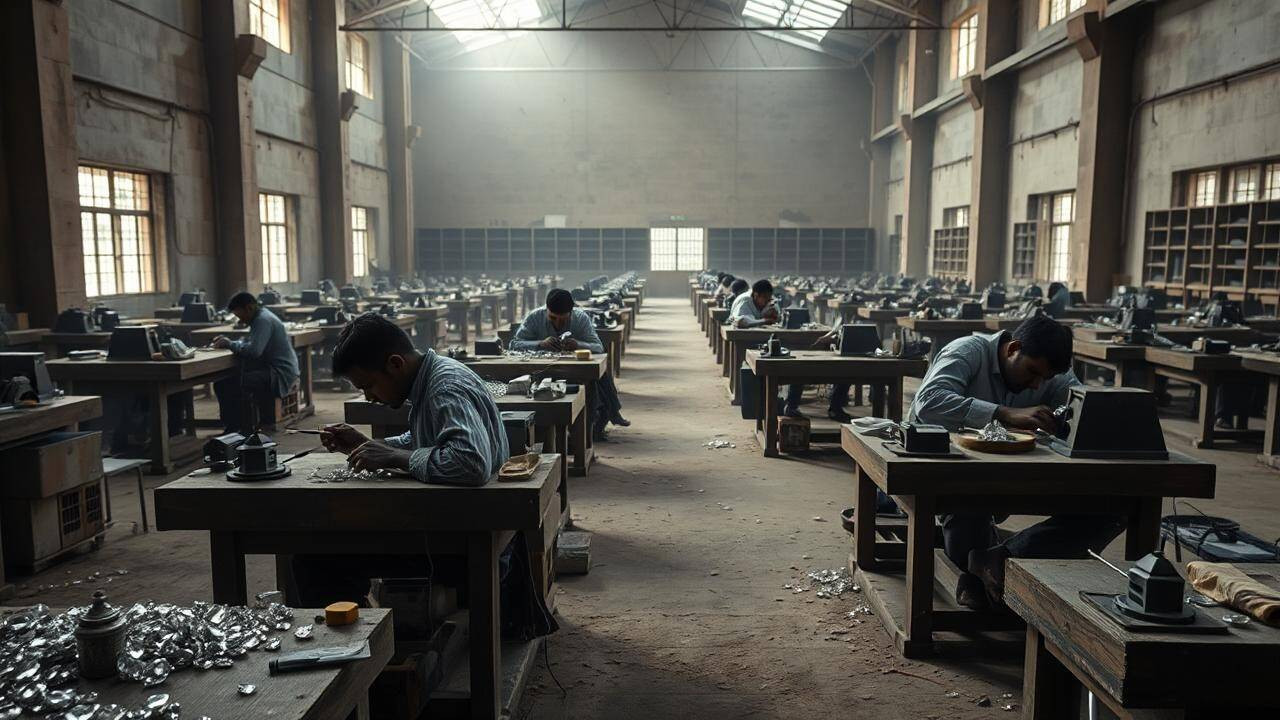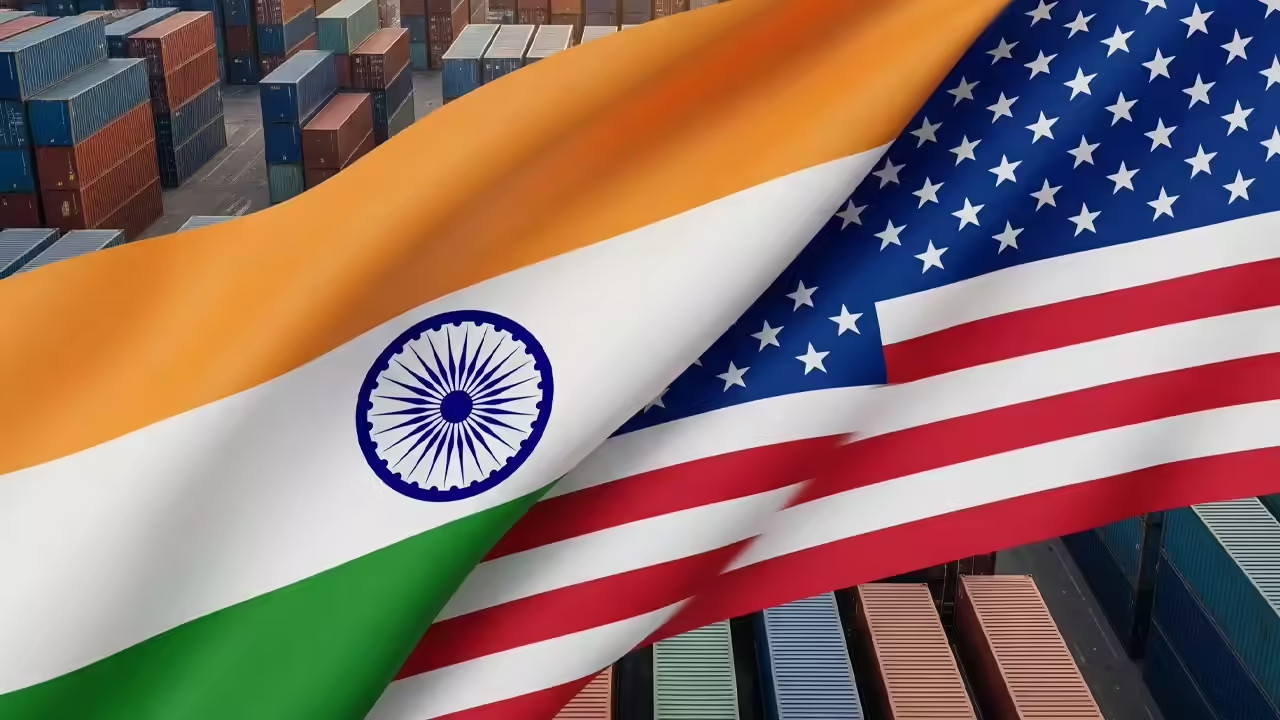The US tariff hike on diamonds has led to nearly 100,000 job losses in Gujarat’s Saurashtra region, impacting small units in Bhavnagar, Amreli, and Junagadh. Export orders have been delayed or cancelled, forcing businesses to consider layoffs and reduced production. Industry representatives are urging the government to expedite trade talks and provide support to mitigate the tariff’s impact.
The Glitter Fades: How US Tariffs Are Hitting India’s Diamond Industry Hard
The sparkle has dimmed in Gujarat’s famed diamond hubs. A wave of unease is washing over Surat and other key processing centers as a double whammy of reduced demand and increased tariffs from the United States significantly impacts the industry. While the global diamond market has faced challenges before, this time the blow feels different, impacting livelihoods and reshaping the landscape of India’s crucial gem and jewelry sector.

The news isn’t just numbers and charts; it’s the human story of thousands of artisans, cutters, and polishers facing an uncertain future. Reports indicate that roughly 100,000 jobs have already been lost. These aren’t just statistics; they’re families struggling to make ends meet, communities feeling the economic pinch, and a skilled workforce suddenly finding itself adrift.
What’s Behind the Diamond Downturn?
The roots of this crisis are multifaceted. A softening global economy, particularly in the US, has naturally led to decreased consumer spending on luxury items like diamonds. People are tightening their belts, prioritizing essential needs over discretionary purchases, and that has a direct knock-on effect on the demand for finished gemstones.
However, the situation is further complicated by the introduction of higher tariffs by the United States. This makes Indian diamonds less competitive in the US market, the largest single consumer of these precious stones. The increase in import duties effectively raises the price for American retailers and consumers, leading them to seek alternative sources or simply reduce their purchases.
Gujarat’s Diamond Hubs: The Epicenter of the Storm
Surat, often called the “Diamond City of India,” processes a staggering percentage of the world’s diamonds. The industry is woven into the very fabric of the region’s economy. The impact of the US tariffs is particularly acute here, where small and medium-sized enterprises (SMEs) dominate the sector. These businesses, often family-run and reliant on consistent export orders, are finding it incredibly difficult to absorb the tariff increases and remain competitive.
The ripple effect extends beyond Surat, impacting other diamond processing centers in Gujarat and even the wider Indian economy. The gem and jewelry sector is a significant contributor to India’s export earnings, and a slowdown in this industry can have broader macroeconomic consequences. The livelihoods of countless families depend on the health and vibrancy of the diamond trade, making the current situation a matter of serious concern.
Navigating the Tariff Maze: Can India’s Diamond Industry Adapt?
The Indian government and industry bodies are acutely aware of the challenges and are exploring various strategies to mitigate the impact. Diversifying export markets is a key priority. While the US remains a crucial market, exploring opportunities in other regions, such as Asia and Europe, can help reduce reliance on a single destination.
Another crucial area of focus is enhancing the competitiveness of the Indian diamond industry. This involves investing in modern technology, improving efficiency, and promoting sustainable and ethical practices. Strengthening ties with other players in the gem and jewelry sector is also important. Could a deeper collaboration with artisans who craft silver jewelry also create new synergies and avenues for growth? It’s just one example of the kind of creative thinking that may be required.
Furthermore, calls are growing for dialogue with the US government to negotiate more favorable trade terms. Finding a mutually beneficial solution is crucial to ensuring the long-term viability of the Indian diamond industry and maintaining healthy trade relations between the two countries.
A Future for Indian Diamonds?
The road ahead is undoubtedly challenging. The US tariff shock has exposed vulnerabilities within the Indian diamond industry and underscored the need for proactive measures to adapt to a changing global landscape.
However, the Indian diamond industry has a proven track record of resilience. With strategic investments, market diversification, and a focus on innovation, it can weather this storm and emerge stronger. The brilliance of Indian craftsmanship remains undeniable, and by embracing sustainable practices and forging stronger international partnerships, the industry can reclaim its shine and secure a brighter future.







